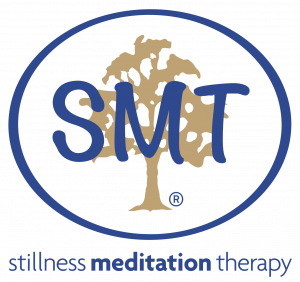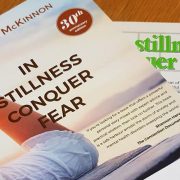Anxiety Can and Does Affect Everyone
Recently, it was revealed that the mystery reason the popular Australian singer Jessica Mauboy did not appear at the Melbourne Cup last November to sing the national anthem, was because she suffered a panic attack. “This is far more common than you think” says Pauline McKinnon, psychotherapist and respected meditation teacher for over 30 years.
“I’m sure Jessica was terribly disappointed not to have been able to perform at the Melbourne Cup, a coveted gig for Australian entertainers”, said Pauline. “But equally she is very brave for opening up and seeking help”.
Jessica’s willingness to talk about her own struggles with anxiety makes it easier for others to recognise symptoms in themselves or loved ones and encourage them to seek help.
“Anxiety is debilitating and can limit one’s life quite severely” continued Pauline. “Usually the sufferers do whatever they can to hide this from others and often begin to withdraw from activities that may bring on the feelings of anxiety or a panic attack”. This is clearly demonstrated in the case of Jessica Mauboy anxiety, withdrawing from performing at the last minute.
But not all is lost. Pauline herself was a long time anxiety sufferer who spent 8 years fearing to leave the safety of home. After seeking and trying numerous medical remedies, she finally found relief through Stillness Meditation Therapy (SMT) as taught by renowned Melbourne psychiatrist Ainslie Meares.
That was over 30 years ago. Since then Pauline has been teaching thousands of others how to similarly find relief and overcome limitations and fears.
“The practice of SMT, simply enables our central nervous system to achieve homeostasis – to return to a balanced way of functioning, which is essential for mental health” said Pauline. “It does not require concerted effort or constant awareness of one’s self, which is a relief for most anxiety sufferers.”
Pauline offers these tips for anxiety relief:
- When you feel anxiety or panic symptoms rising, note the tension in your body and practice letting that tension go. The more you practice letting go, the quicker the anxiety will diminish.
- Don’t force or fight against fear as that reaction only stimulates the fight or flight response. Instead, stop and think: ‘I will do this and I will do it calmly and easily by letting go of tension”
- Cultivate an attitude of ease in your everyday life. This will gradually come into being by practicing stillness, until ease becomes the way you live.
We know Jessica Mauboy anxiety struggle is not uncommon. There are many many people suffering similarly, but perhaps more silently. While public figures get a lot of coverage and seemingly a lot of support for what they are going through, ultimately, it is about reaching out and seeking help. If you or a loved one is struggling with anxiety SMT can help. Contact us to make an appointment and start living calm!
© Stillness Meditation Therapy Centre, March 2016
03 9817 2933



















